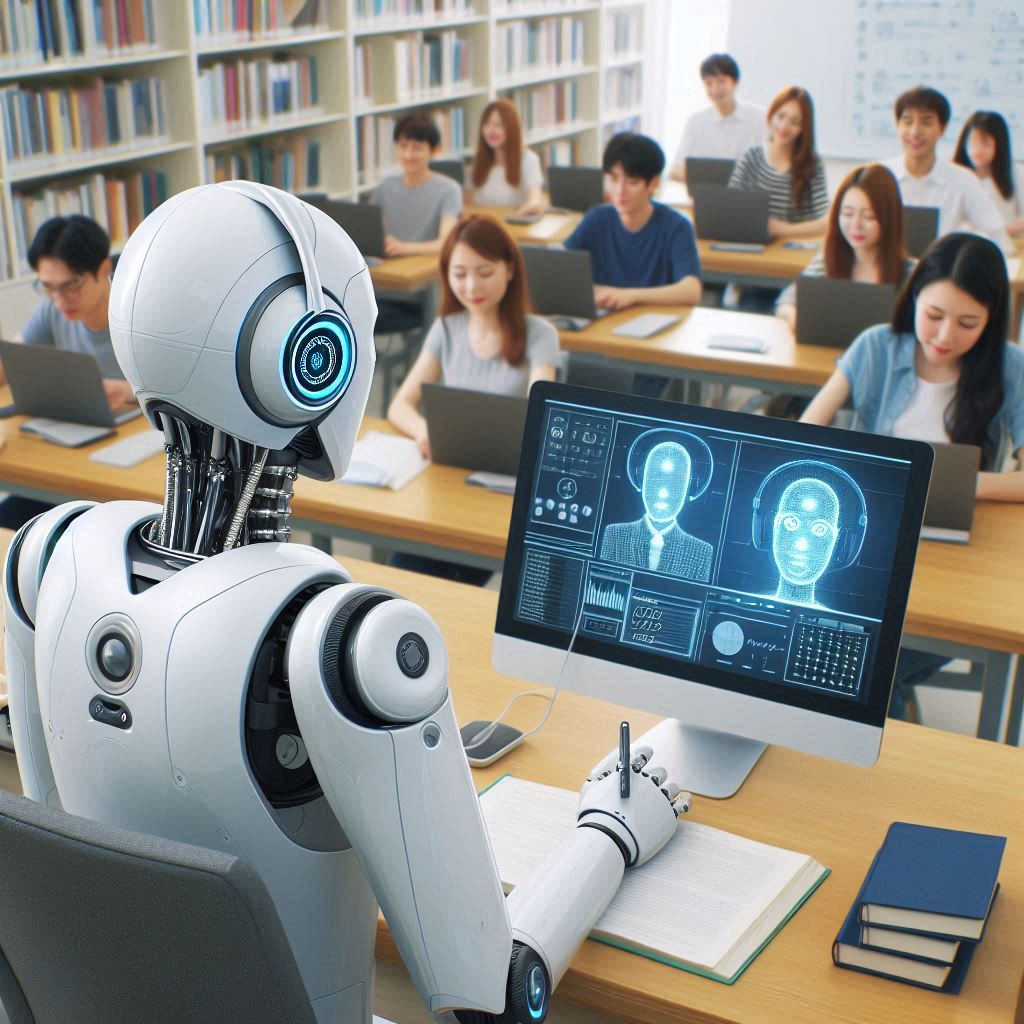|
Getting your Trinity Audio player ready...
|
The education world may be on the cusp of a technological revolution, with AI-driven personalised learning poised to transform traditional teaching methods. Unbound Academy’s recent approval for an online school utilising AI teaching assistants, promising significantly improved academic growth, highlights this potential. This development represents a significant step forward in the long quest for computer-assisted instruction (CAI), potentially fulfilling a decades-old dream of leveraging technology to enhance education.
The concept of CAI dates back to the 1960s, with early systems like PLATO offering interactive lessons and feedback. While previous attempts, like Second Life, explored immersive virtual learning environments, they often struggled with technical limitations and scalability. The emergence of generative AI has revitalized CAI, with tools like Writable and Photomath assisting teachers with tasks like providing feedback on student writing. Moreover, initiatives like Khan Academy’s Khanmigo, an AI-powered tutor, aim to address the “2 Sigma Problem,” seeking to replicate the benefits of personalized tutoring at scale, potentially democratizing access to high-quality instruction.
The impact on education could be profound. AI tools can alleviate resource constraints, particularly in under-resourced schools with large class sizes, by automating time-consuming tasks and providing personalized learning experiences. However, the shift towards AI-driven learning also raises concerns about the role of human interaction in education. Schools like Unbound Academy, which significantly reduce the role of human teachers, prompt questions about the potential impact on students’ social development and the future of the teaching profession. While AI offers the potential to personalize learning and address resource limitations, it also necessitates a careful consideration of the balance between technological efficiency and the crucial role of human connection in the learning process.
